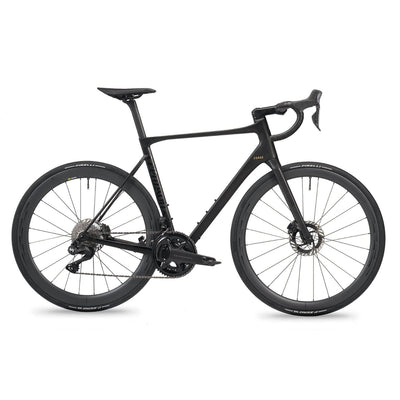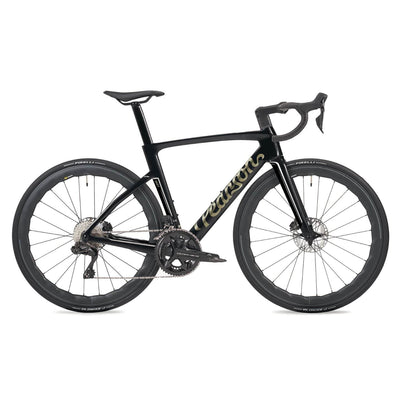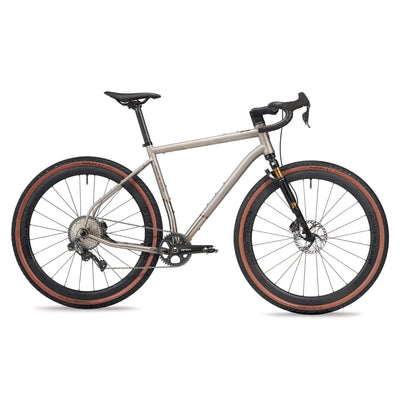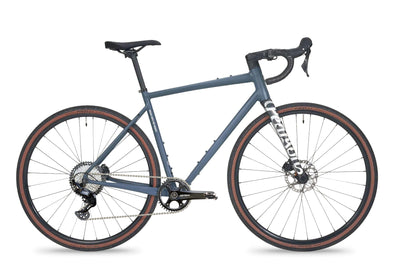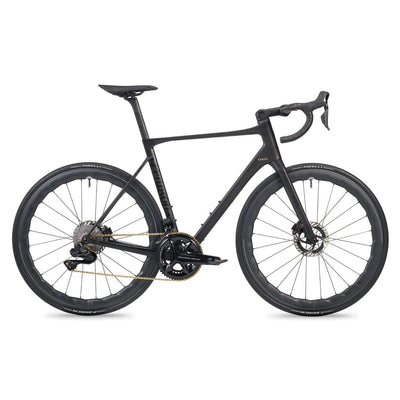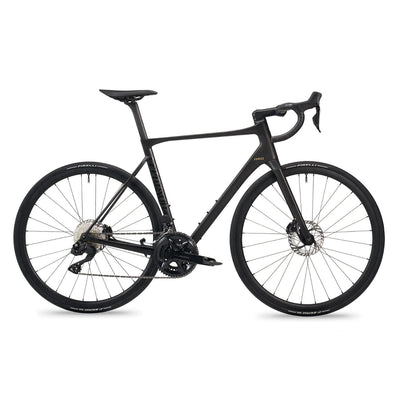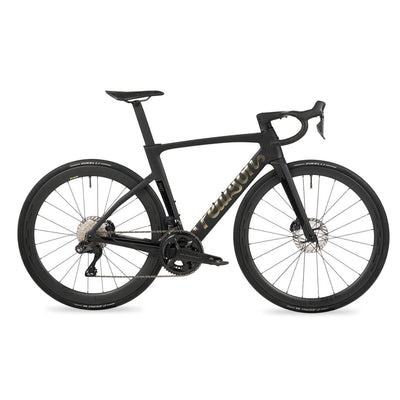BLIND DATA
Will Pearson gave up his car in favour of environmentally friendly transport – and yes, more cycling. In the second of our series looking at ‘active’ travel, we look at what the government is doing to help others to follow in his tyre tracks.

Figures recently released by the Department for Transport suggest that bike travel in Britain has increased significantly in the past few years. So much so that, in some urban locations, bikes now outnumber all other forms of transport. Take London, for example, where in certain parts of the capital bikes account for nearly 90% of all traffic. Or Oxford, home to the A420, the busiest A-road in the country for bikes and which hosts, on average, close to 15,000 riders a day. Other cities to enjoy booming numbers of cyclists include that other elite seat of learning, Cambridge, as well as Brighton and Bristol.
There are, however, caveats to these impressive numbers. While the figures are the latest available, they were recorded in 2020, a year when, both in our cities and on our A-roads, travel restrictions during the pandemic took a great number of cars off our streets. And many of the bikes that swelled the stats belong to the burgeoning army of food delivery riders who kept us fed during lockdown.

The advent of companies such as Deliveroo (other services are available) is a consequence not so much of changing attitudes to transport as much as technology opportunism. Had bikes not been a cheap, convenient solution for that part of the gig economy, then doubtless electric vehicles or even scooters might have got the, well, gig; we all know bikes are better for the environment but in this case it’s a fortuitous, cost-effective by-product.
In addition to what you might call ‘pandemic bias’, the DfT figures are also rather selective, or certainly lacking context. Reports of London’s cyclists comprising nearly 90% of all traffic pertain to very specific stretches of road; in Lambeth, for example, in south London. Equally, reporting a tenfold increase of cyclists in the Temple district (where numbers topped 10,000 riders a day) sounds admirable but it’s worth bearing in mind that the area is extremely small. Also, given the nation was in lockdown for large parts of that year, and that Temple is a high-density business district, quite where those riders came from – or were going – is hard to say.

As we reported previously, the weeks following the first lockdown, in late 2020, would have been the ideal opportunity to capitalise on the unexpected bike boom brought about by covid. Boris promised a ‘golden age’ of cycling (of course he did) but it was an opportunity missed. Advocates have long argued for dedicated cycling infrastructure on our roads, such as segregated lanes. Visitors to our Pearson store frequently name safety, or the perceived lack of it, as a key factor in their not riding as often as they’d like.
It is hardly surprising, given the rollout of such infrastructure to date. The best, which is to say worst, example is Boris’ much-vaunted bicycle superhighways. Routinely demonstrating themselves the two-wheeled equivalent of a smart motorway, what appeared great in theory has proved deadly in fact. In one nine-day period in 2013, five cyclists were killed in London alone. Of those, a fatality which occurred at the infamous Bow roundabout was the third death there in two years. A keystone of Johnson’s mayoralty, the superhighways have been upgraded in places but continue to share road-space with cars, often at busy junctions. Additionally, the recognisable markings – blue paint overlaid with white bike symbols – have been cited at more than one inquest as providing a false sense of security.
It doesn’t, of course, need to be this way. Research by Sustrans, for example, seems to confirm that not only are fully segregated cycle lanes safer but they are also capable of carrying far more people; a three-metre wide lane that is able to accommodate 1,100 motorists in one hour can transport up to 6,500 cyclists and walkers in the same time period.
If there was no golden age to come from Boris, then what? The announcement last August of more Low-Traffic Neighbourhoods (LTNs) in cities across the country was a bit of a fudge, a new budget for an old idea that has been with us since the 1960s. If the cash pot of £338m sounded like a serious commitment, these car-free, dedicated spaces are not without their critics. For one thing, LTNs create significantly increased congestion at their boundaries; for another, LTNs tend to be small in size, around one square kilometre according to government guidelines.

Their diminutive scale is partly why LTNs are referred to as ‘mini-Hollands’, yet the Dutch comparison might be more prescient than we care to admit. Anybody who has ridden through central Amsterdam will have experienced the Dutch edition of the Wacky Races; cyclists may indeed compete with fewer cars but must instead contend with trams (and tram tracks), not to mention legions of other riders. The answer, then, is clearly far from simple. But if we are to be faithful to our ambitions to reduce emissions through active transport, we must keep trying.
1 comment
Yet more great photography and bike related comment from Pearson’s ….. continuing to build this fantastic cycling heritage brand over 6 generations ….. up and at ‘em, Will & Guy

